For a week now, I’ve been presenting a view of how time and land have a social dimension.
Sometimes Being Social Means Backing Away
That was my yesterday.
Today, I will conclude with some observations on how ignoring the way in which this dimension powers individual action imperils both environments and societies. The series is here:
https://okanaganokanogan.com/2020/06/28/fate-race-and-po…2020-part-1-of-5/
Here’s where we were, last time we met:
And the time before:
And before (Have you noticed that these are all the same image?):

This is shape, that is synonymous with shaping. Here it is again in the first post:

Big Eddy
What is the shape? Ahhh, see how I am cleverly hinting that you look at the earlier posts?
This is the ever-giving shape of fate, as Gunnar told the Germans in 1936. It is past, present and future and human action unified as one, not a space in which one remembers the past, lives in the future, and plans for the future, but in which one acts in concert with the land. It was, I’m sure you can tell, the kind of thing that made Gunnar …

Gunnar on His Elf Hill in Vopnafjörður, Iceland
… popular with his German audience in the 1930s and the first half of the 1940s. Here he is at a reading in Königsberg, East Prussia in March, 1940:
Did your last literary reading look like this?
We have to thank https://fornleifur.blog.is/blog/fornleifur/entry/2220985/ for keeping the story of Gunnar’s naive Nazi sympathies alive, and for this image. It is a better story than any that glosses over it without exploring his motivations. By the way, this was days before Gunnar gave up such audiences. His books, however, continued to sell well in Germany, as they were promoted by the Propaganda Ministry, at first to encourage young men to give their lives to move into Russia and settle it, and then, under the cunning leadership of the hidden enemies of the regime, who had almost completely infiltrated the Ministry by the end of the war, as guides for how to find their way back home again in the retreat and coming defeat.
What is missing from the image above, and others like it, is that it is, in effect, in the wrong place completely. It should have been held here:

Bustarfell Turfhouse, East Iceland
A more prosperous farm than the croft Gunnar was born in.
Even more than that, here:

Gunnar Redux
In other words, Gunnar spoke about land as the source of human energy bound to it by a concept of fate, not as something one walked into but as something that was there in the intersection of human life and the earth, all at once — and specifically a specific part of the Earth. The word for this is landscape, not as an art form perfected in early modern Holland, or drawn through the notion of the sublime from the colonization of the Pacific Northwest into its present…
Kathleen Houlahan, Mount Baker, 1930s
… but as the landing from the sea, the moment when the land rises up and catches the keel of your boat and you are held — the boat which is shaped, which is a scoop, or cup, that sustains you in deadly infinity, aka the sea.

The Atlantic at Dritvík, Iceland
In other words, from an Early Icelandic point of view (as held alive in language) and from the point of view of all ancestors who first made English and Germanic languages in the North, which is to say in the language of Cascadia, Canada and the United States, the point at which you become attached to the land instead of to infinity. Here in Cascadia, it might look like this:

Rialto Beach
Note that this is not attachment to “The USA.” This is for your body.
Or this:

Landing is Not Just About Water (Red Bluff, Thompson Gorge)
Note that this is not attachment to Canada. This is for your soul and your body alone.
Please don’t be put off. I love my land and its history passionately and I believe that its context in language and world history is also vitally important. Many people have argued that I should not write about Europe, as that is for Europeans. I write about Europe because its structures impact my land deeply, in both positive and negative ways, ways both ancestral and historical. I hope you can bear with this small diversion, as I believe it will bring us home more fluidly in the end…

Second Beach, La Push
…and less open to manipulation by negative forces. In this sense, perhaps a better word for “landing” is “haunting,” in the sense that one’s soul becomes so attached to a place that it stays there, even past your death. This is the original meaning of “troll” in Old Norse. In early Iceland one could become a troll even while alive as a man. The term referred to an intensity of landscape, including an intensity of personal interest or connection.

Troll at Strutágil
This sense of haunting, which is simultaneously the sense of being haunted, of acting in unison with the land, is what in English we call “home.” To come to the land like that is to come home to your land-scape, to your shell, to the bowl that collects your life in the way a dip in the land makes water out of the rock and draws you to lick it, to like it. It becomes a lake, which is the word for the dip, the læk, where an á, an aqua, licks (leaks) out of the rock, a watering, like a tear out of an eye, which we call water. It is an energy, not a substance.

A Rainwater Lick Above the Atlantic in Kerling, Iceland
To know this is to be home. It is to come home to your fate, which is laid out for you before you step into it, and which you wear as a self. It is energy, not possession. It is a joining, a knitting together. Here’s some knitting from the hill above my house, in my haunt:
Note that water has made a trench in this wrongly-graded excavated slope, correcting it, and grass has filled its trench, pushing the flow to the side to even out the original error. Eventually, the slope will be sustainable, like the one below, 500 metres to the right, where bare ground does not flow away. It has landed. It is bound to its fate, to the shape, or scoop (or scape) of the land.
Life comes from this shape that gives forth. As Gunnar said in 1936:
In the kind of broad extension forwards and backwards by which life can be said to exist, [sköp] embraces not just that which is or which is occurring right then but also the great force of life in the past from which it wakes; it encloses what for thought is the ungraspable sum of life and its possibilities.
The point is not only that life only comes from the Earth, but that the Earth is part of all conversations. As well, all social constructions are ultimately present to preserve this fate-full (shaping) relationship, and all social relationships are built on structural foundations. They are not neutral, or spread out across some undefined, inhuman space called land, aka dirt aka raw material aka property:
Dead Land in Vernon
Ten months of work with mine trucks, bulldozers and what-have you: a vineyard is born out of the colonial error that soil is ‘dirt’ and not a living environment of micro-organisms that work in concert with plants and animals to create a web of life. This is Mars. That’s how impoverished elite culture can be around this place, throwing its money around as if it were the scape, not the story of all beings being together in this web. That is colonial: the well of life, the spring of water, so to speak, is not in the land but in a distant bank account. It speaks its distance splendidly (and horribly.)
Even Gunnar, who was under the illusion that his libertarianism justified supporting the Nazis as a self-determining people (a laudable goal in the main), even when their self-determination became destructive madness, argued against possession in both his 1940 tour and in an earlier tour of Nazi Germany in 1936. In the earlier tour, he was promoting his books of men wrestling with fate, on the foundation of popular images of Icelandic peasants. He was probably reading from his book Advent, the story of a farm labourer (Benedikt, aka Gunnar) who rescued lost sheep from a winter blizzard, a book that was first lauded by the Nazis as a blueprint for invading Czechoslovakia, then lauded by the British, to support their lonely survival after the Fall of France and the brutality of the U Boot War, and then by the Americans, in support of their invasion and occupation of Iceland, where the Battle of the Atlantic was decided.

World War II Runway Guarding the Allied Fleet in the Whale Fjord, Iceland
Now a bird sanctuary with a view of the country’s main aluminum smelter.
And from a plane taking off towards the east from the strip:
Hvalfjörður, 1942
For the story of Advent, and a discussion of its various editions and politicized covers, please read my blogpost here: https://afarminiceland.com/2013/04/02/gunnar-gunnarsson-secret-agent-part-ii/
Here’s a teaser:

The photo was taken in Garmisch-Partenkirchen during the Mountain Division’s early build-up in 1936, on the site of the 1936 Winter Olympics, on the slopes of the Zugspitze, the highest mountain in the Bavarian Alps. These troops were instrumental in the assaults on Greece and Crete. Hitler sacrificed them all.
Gunnar’s Advent was a poetic attempt to redraw the Nazi imagination through the suggestive power of verse. In his 1936 speech, he was more direct. “If a man begins to resist fate [this binding of people and land in mutual action in place],” he said, “to set oneself against what Nature gives forth, to misportray the past as power,” and
“if one set oneself on the path to shape the future according to one’s own personal advantage, without regard for what has passed and what is still going on, without the unbreakable bond between the effects of the past on the ongoing present and the possibilities for future life, then Fate will strike back: this is the first point at which it strikes, and it strikes particularly hard.”
Like this:

The Similkameen Goes Up in Smoke
A person who struck out against the soul (this land-human bond, wherever it is), said Gunnar,
“was without any doubt through his contrariness turned into a man of no worth, the opposite of a “lucky man’ [a man whom fate shone upon because he worked with its natural forms, the way water weeps from the land], was a Nidding [a Danish word meaning “coward” or “shirker”], a man never satisfied, a sour apple, one who sets demands, both large and otherwise, on life, as if it were incorporated in himself or was pre-ordained in Life itself.”
It is a bold thing to say not only to Hitler but to his followers. Gunnar didn’t stop there:
The natural result followed: Annihilation.
This, in other words, he predicted:
Upper Middle Class Life in Berlin, 1945
And this:
A Wealthy Colonist Attempts to Make Syilx Land into Canada
Is Gunnar done? No, he is not.
“As a rule, it followed through to its natural conclusion: an inner poisoning of the mind or a general rot from within. Then, when a power answerable only to itself made orders to its sole benefit, for its own personal enjoyment or to satisfy its own appetite, and in doing so broke the greater community, the communal fate, the rule of life-shaping life, then not only did he personally plummet into a fruitless death…he simultaneously robbed the people who would follow him, into which he was born as an equal [one who shared in their fate], and to whom he was, accordingly, burdened with the duty of passing on this inheritance of life.”
Again, he is directing this speech at Hitler’s followers, but it applies equally to Cascadia today. Gunnar is pointing out that one is born into the future, that to maintain the flow of life, one must pass it on, and in a particular way, as the life-giving chalice, the mountain wetland…

… and not the City of Vernon hauling a wetland away so it can dig a ditch, so it can drain the overflow from the treatment system of a mountain lake turned into a municipal water storage reservoir, haul it away, and dump it out of sight. For example. Gunnar meant that the ultimate force controlling human life is not human life or desire, not self-expression or individual rights within society, but the right, even the duty, to catch the life passed to one, to open with it in the present, and to gift it to those who follow, with the line unbroken, even strengthened.
Those are pretty much Indigenous syilx principles from the Okanagan. Life, this wetland soil, is not garbage, but the city treats it as such, just as it largely dissociates itself from the syilx.
The point is that in Cascadia, Gunnar might have argued, life is to obey is the land (the landing); the death we should resist is the ownership structure of the colonial state, which includes ownership of the self, and for individual purposes and desires — the very foundation of Cascadia’s towns and cities, including the metropolitan assemblages of Portland-Vancouver, Seattle, and Vancouver-Victoria-Nanaimo. Lest we consider Gunnar just a compromised voice and a “dead white male”, let’s listen a little more:
“…but if a man were to succeed at leaving his honour as an inheritance to his own descendants, in order to ensure a further concentration of life’s fruitfulness in them, then he would be guilty of leaving the community his shame. If he did that, he would fall out of the future course of Life’s creation, and would be unfruitful. That was death. The only real death. Everything else was life.”
It’s a wonder he wasn’t thrown into Buchenwald.

The Buchenwald Infirmary
The hanging tree was in front of the building. The image was taken from the crematorium yard, which held various torture instruments to break the souls of political opponents.
The lessons and the warnings and the solutions are clear. They are not lessons of dividing people from each other, or how to do that, or how to set evil people aside from human fate, as a revolutionary project. All people are easily mislead. The lesson is that we do so at our peril. We come from landing, not from placing. The lesson is that the energy of life sets the rules. We will succeed if we align ourselves with their generosity. The recent revolution in downtown Seattle, CHOP, failed not because of lack of dreams or revolutionary zeal, but because it was not aligned with life. https://www.cnn.com/2020/07/01/us/seattle-chop-protesters/index.html It was aligned with the settler state and fought against the settler states within the parameters set by it. If it had aligned itself with a state-wide or even city-wide, non-industrial food-production and distribution culture, it might have had a chance. That it failed is a crying shame, because Black Lives Matter, and the Earth wants them to flourish and carry her energy forward. We have a long way to go to build the chalice that will actually make life flow out of the Earth and into Cascadian social lives, but it won’t be from further colonization, further bitumen pipeline development in British Columbia, further subsidies from the federal governments of Canada or the USA, the deepening of liberal trade connections through trade agreements, or any of those important social negotiations within the power structures of the settler state, and it won’t be by confusing people of North European heritage with the state that carries the colonial crimes forward and in which all people are currently compromisingly embedded, nor will it come from continuing to confuse the land with the state. For example, the Washaptum River (now the Wenatchee River), is not an American River. It is in America, of course, and is beautiful within it, and bears the scars of American history, such as here in the former log pond in Leavenworth …
… but it is Owhi’s River. That triangular mountain marks the mouth of Icicle Creek, after which the ancient salmon fishery here was named. The fishery, as I pointed out before, took place upriver, not far. Here:
Yes, there are boulders like this in the river, but before the Wenatchee was dammed (and damned) upriver, as part of the American claim on Owhi’s story, it was on these rocks, in high freshet, that men perched, making their way down deeper into the bed of the river as the year progressed, aligning themselves with the land, in a way Gunnar would understand, and which is our path to the future: not to become Owhi, but to begin with the river and to follow its needs and directives and openings. Looking to the right of the above image, we can see the river clearly, flowing through the air.
The Old Channel
The United States is not the problem here. Relationships with the land and her people are. Part of the future will be to listen to people who warned us in the past and had the courage to speak truth to vast power. It is not too late to pick up that gift. It is not too late to be honourable people. It is not too late to be the Earth’s body, to reshape the bowl and let life speak purpose again, and to be that purpose. It is also not easy. So?
~
Coming up: Some haunting effects of Modernism on the land.
Categories: Earth, Ethics, First Peoples, Gaia, Grasslands, History, invasive species, Land Development, Other People, Spirit

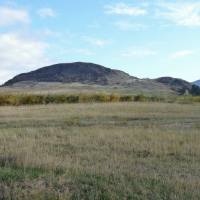

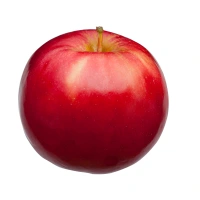
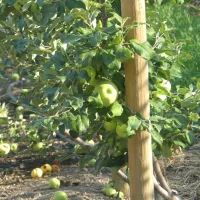
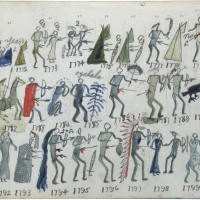

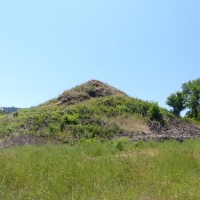
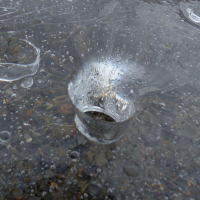
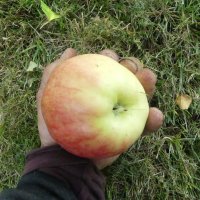
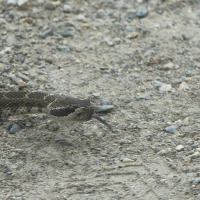
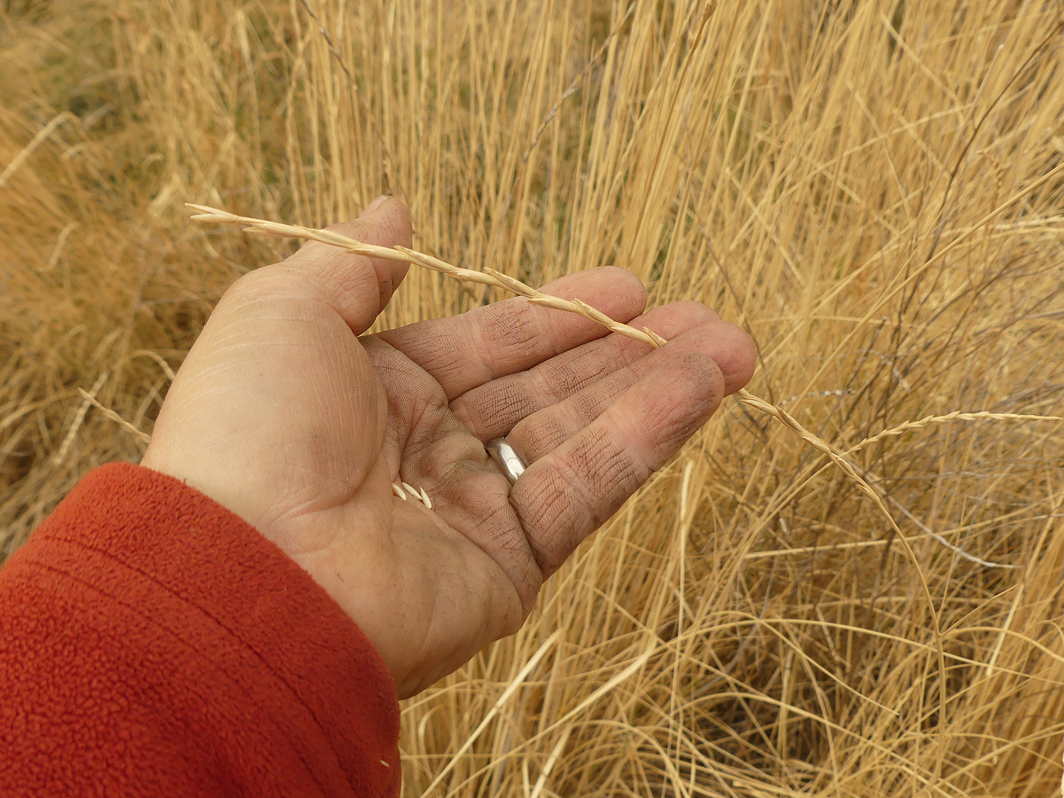


















The section below “The Buchenwald Infirmary” speaks strongly to me. I am not able to understand some parts of what you say/illustrate, etc., but sometimes I can feel them. Thank you for this series.
LikeLike
I’ll have to try harder.
>
LikeLike